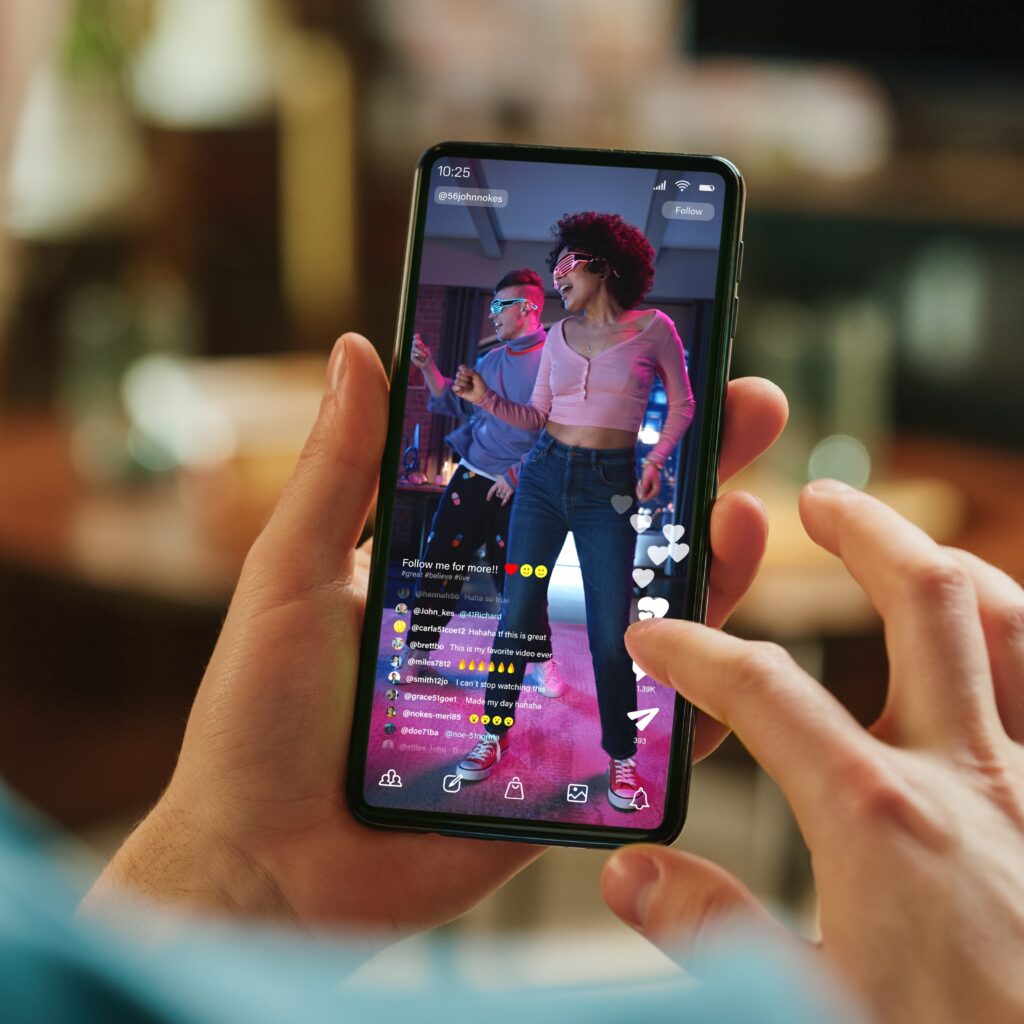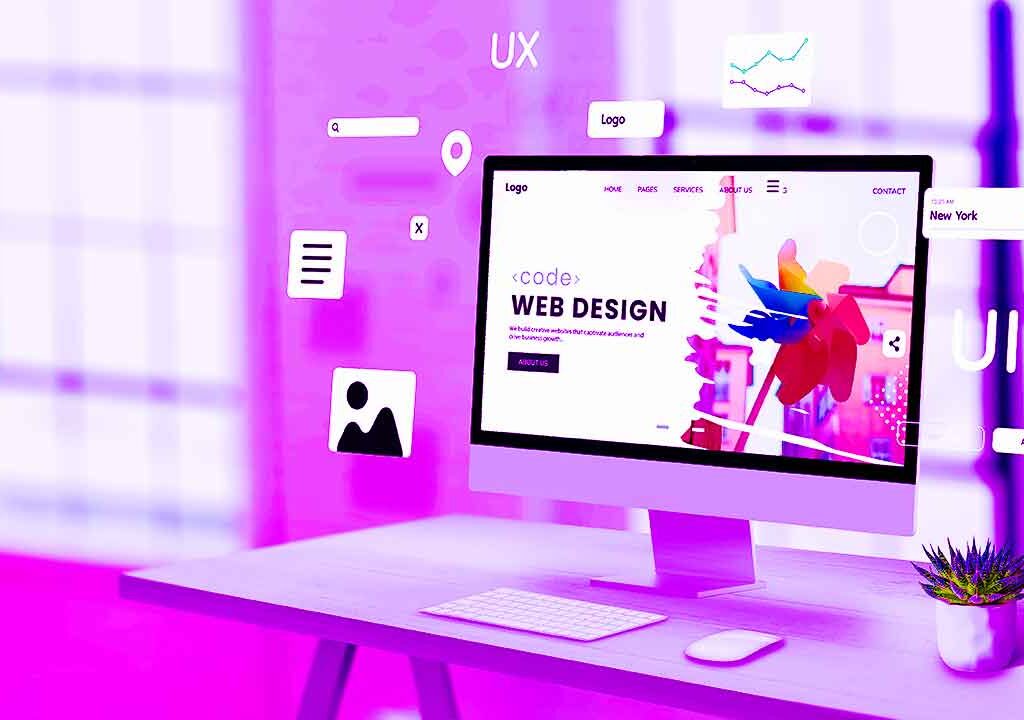In 2025, User experience is essential to any website design. It’s not decoration. It’s not the final polish. It’s the architecture of how your brand shows up in people’s lives, and it defines whether users stay, engage, convert, and come back.
Exceptional UI/UX is no longer a nice-to-have—it’s a differentiator. In a world of digital saturation and micro-moments, design is how you earn attention and build trust. It shapes perception, simplifies complexity, and creates momentum between curiosity and conversion.
When done right, design doesn’t just remove friction—it reveals clarity. It becomes invisible in all the right ways, empowering users to move effortlessly through experiences that feel tailored, valuable, and human. From onboarding to checkout, every interaction should reinforce your brand’s promise and drive emotional connection.
At its core, great digital design is empathy in action. It aligns business goals with user behavior, guiding people toward meaningful outcomes while turning functionality into delight.
That’s why the best teams don’t see design as a task. They see it as a mindset—a constant practice of listening, testing, evolving, and exceeding expectations.
These 10 best practices aren’t just design tips—they’re a framework for building smarter, faster, and more empathetic digital experiences in a user-first, experience-led landscape.
1. User-Centered Design is the Standard
There is no such thing as an “average” user. Design must begin with real people—observing how they behave, what they need, and where they struggle.
Building around actual user journeys leads to better retention, clearer flows, and higher engagement.
What to focus on:
- Interview users to uncover pain points
- Map out journeys across different use cases
- Prioritize accessibility and edge cases
When you make space for users in your process, your product becomes more intuitive by default.
2. Accessibility Creates Opportunity
Accessible design expands reach, improves usability, and reflects thoughtful craftsmanship. Beyond compliance, accessibility is a driver of growth and user satisfaction.
Design actions:
- Maintain readable contrast ratios
- Provide clear labels, not just placeholders
- Support keyboard and screen reader navigation
Accessibility isn’t extra—it’s essential for inclusive, forward-thinking design.
3. Navigation Should Feel Effortless
Good navigation removes mental friction. If users are thinking about where to go next, something’s off.
Make it better by:
- Using recognizable patterns like sticky menus or breadcrumbs
- Testing information architecture with real users
- Naming links and sections clearly
When users move through your site or app without hesitation, you’re doing navigation right.
4. Mobile-First Thinking Is a Must
More users are engaging on mobile devices than ever. Designing with small screens in mind first helps ensure key experiences translate across all devices.
Get this right:
- Avoid hover-based interactions
- Optimize images for faster loading
- Prioritize above-the-fold engagement
Mobile-first doesn’t mean mobile-only—it means foundational clarity.
5. Wireframes and Prototypes Prevent Rework
Wireframes allow exploration without risk. Prototypes validate flow and usability early—saving time and development resources later.
Best practices:
- Start with low-fidelity sketches to explore structure
- Test clickable prototypes with end users
- Use tools like Figma, Adobe XD, or Balsamiq
This phase lets you adjust before writing a single line of code.
6. Minimal Design Supports Focus
Minimalism isn’t emptiness. It’s intention. Removing unnecessary elements creates visual clarity, making interactions smoother and more impactful.
Simplify with:
- Consistent type scales and limited font sets
- Clear visual hierarchy through spacing and alignment
- Functional whitespace that emphasizes key actions
Minimal design supports comprehension and speeds decision-making.
7. Microinteractions Build Confidence
Subtle visual feedback reassures users. Done well, microinteractions guide behavior, show status, and enhance flow.
Examples that help:
- Button animation on tap or click
- Load progress during long actions
- Real-time form validation
Microinteractions reduce uncertainty and improve user trust in every click.
8. Consistency Enables Speed
Consistency helps users learn faster and navigate with ease. Reusable components and unified patterns reduce confusion and build trust.
Maintain consistency by:
- Creating a shared design system or component library
- Standardizing typography, color usage, and iconography
- Aligning tone and interaction rules across products
Consistency isn’t about repetition—it’s about reliability.
9. UX Research Should Be Ongoing
User feedback isn’t a one-time step—it’s a continual pulse check. Research guides refinement, reveals friction, and supports decision-making with real insights.
Gather insights with:
- Session recordings and heatmaps
- Moderated or unmoderated usability tests
- Structured feedback loops
Making research routine turns user insight into action.
10. Design Thinking Changes Everything
Design thinking brings structure to creativity. It’s not limited to design teams—it empowers cross-functional collaboration, helping teams solve real problems with user insight at the center.
Key stages:
- Empathize with users through observation and dialogue
- Define clear problems worth solving
- Ideate multiple potential solutions
- Prototype the best ideas
- Test and refine before scaling
It’s a way of thinking that scales innovation across entire organizations.
Elevate Digital Experience by Design
Great UI/UX doesn’t just make a product usable—it makes it unforgettable. In 2025, that’s the benchmark. Design must be responsive, accessible, data-informed, and centered around actual users.
Whether you’re designing a new product or improving an existing one, these best practices aren’t optional—they’re fundamental to relevance and growth.
At Vertigo Marketing Group, we help teams translate vision into interface, and strategy into systems that scale. If you’re ready to deliver more thoughtful digital experiences, let’s build something together.
Reach out to our team and take the next step toward better digital outcomes—one purposeful decision at a time.
FAQ
Why is user-centered design important in 2025?
It ensures that digital experiences meet real user needs, improving usability, engagement, and customer satisfaction from the start.
How does accessibility impact design success?
Accessible design makes products usable by more people—including those with disabilities—and improves overall user experience and SEO.
What is mobile-first design and why does it matter?
It means designing for the smallest screen first, ensuring core functionality and fast performance across all devices.
How do prototypes help in the UI/UX process?
Prototypes allow teams to test flows and usability early, reducing errors and misalignment before development begins.
What’s the benefit of design thinking?
It fosters cross-team innovation by focusing on empathy, iteration, and real user insight to solve meaningful problems.













